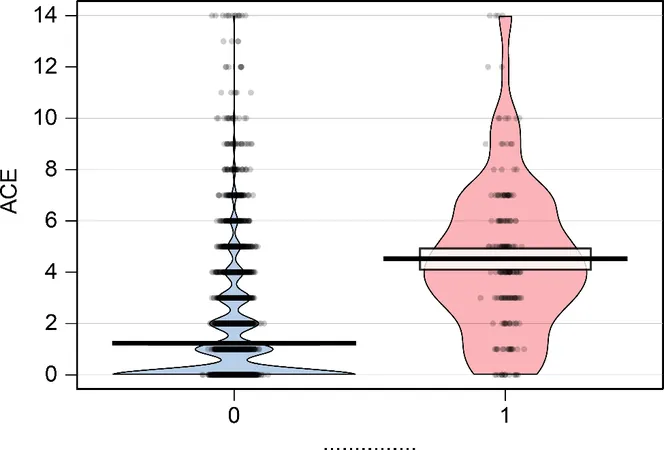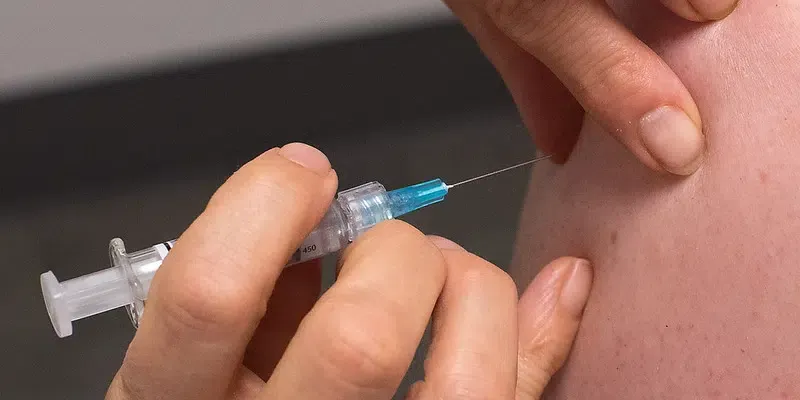
Understanding the Hidden Threat: Risk Factors for Adolescent Suicide and How We Can Combat It
2025-03-11
Author: Amelia
Understanding the Hidden Threat: Risk Factors for Adolescent Suicide and How We Can Combat It
In a world increasingly aware of mental health issues, adolescent suicide remains one of the most pressing public health challenges that we face. This complex phenomenon is fueled by a multitude of intertwined factors, ranging from social influences to personal psychological struggles. With an alarming rise in suicide rates among teens, particularly in developed nations, it’s crucial to spotlight the key contributors to this tragic outcome.
A recent comprehensive study illustrates the alarming statistics surrounding adolescent suicide. Internationally, the prevalence of suicidal ideation among teens spans from 7.5% to 17.5%, and the U.S. alone reports 16.7% of adolescents contemplating suicide. However, it's not just confined to Western nations; a concerning 14% of teens in Burkina Faso also report similar feelings, showcasing the global nature of this issue. In China, one survey indicated that 5.85% of students had devised suicide plans, and another revealed a distressing trend of increasing suicide rates—about 20% annually—among young adults aged 15 to 24.
The implications of these behaviors extend beyond the individual, impacting families and society at large. The intertwined existence of psychiatric disorders such as ADHD, depression, and bipolar disorder with suicidal behavior underscores the multifaceted nature of this crisis. These conditions can severely compromise the quality of life for adolescents, making effective prevention indispensable.
One of the primary culprits in increasing suicide risk is adverse childhood experiences (ACEs). These traumatic experiences—ranging from domestic violence and sexual abuse to familial loss—leave profound scars that can manifest as low self-worth and hopelessness. Such emotional turmoil can create a breeding ground for suicidal thoughts.
Young individuals grappling with self-hate also face heightened risks. Feelings of worthlessness, compounded by rejection or negative social interactions, can make them perceive themselves as burdens, escalating their suicidal ideation. Unfortunately, the relationship between adverse childhood experiences, self-hate, and suicide risk is complex and poorly understood, prompting calls for further research to uncover these critical links.
To explore these connections, a cross-sectional survey was conducted in Rizhao City, Shandong Province, where over 6,700 adolescents participated. The findings revealed reassuringly that female teens, who showed higher suicide risk than males (nearly twice the rate), were also more likely to suffer from depression, anxiety, and NSSI (non-suicidal self-injury). These insights align with previous studies that suggest females face disproportionate societal pressures, leading them to experience higher levels of anxiety and stress.
Not only were these disparities concerning, but correlations also emerged between depression and self-hate, with both factors acting as significant predictors of suicide risk. Furthermore, the evidence suggested that adverse childhood experiences directly influence suicide risk, with self-hate serving as a mediating factor that amplifies this vulnerability.
This critical investigation highlights that girls must be prioritized in mental health strategies, emphasizing the need for more expansive support systems—education, counseling, and community engagement—to combat the pressures they face.
The urgency of this issue cannot be overstated, as failure to act might mean ignoring the cries for help from thousands of vulnerable adolescents worldwide. Each statistic reveals a story, and every story reminds us that proactive intervention and comprehensive mental health resources are essential for safeguarding our youth’s lives.
In conclusion, the intricate relationship between childhood adversities, self-perception, and suicidal ideation needs our immediate attention. Understanding these factors can pave the way for developing targeted prevention strategies that not only address current crises but also create resilient futures for our adolescents. Only through ongoing research and collective societal effort can we work towards drastically reducing these tragic outcomes, fostering awareness, and nurturing environments where every child feels valued and safe.
Let’s not wait for another statistic to emerge—join the movement to raise awareness, educate our youth, and provide support that makes a real difference. Because every life is worth living.









 Brasil (PT)
Brasil (PT)
 Canada (EN)
Canada (EN)
 Chile (ES)
Chile (ES)
 Česko (CS)
Česko (CS)
 대한민국 (KO)
대한민국 (KO)
 España (ES)
España (ES)
 France (FR)
France (FR)
 Hong Kong (EN)
Hong Kong (EN)
 Italia (IT)
Italia (IT)
 日本 (JA)
日本 (JA)
 Magyarország (HU)
Magyarország (HU)
 Norge (NO)
Norge (NO)
 Polska (PL)
Polska (PL)
 Schweiz (DE)
Schweiz (DE)
 Singapore (EN)
Singapore (EN)
 Sverige (SV)
Sverige (SV)
 Suomi (FI)
Suomi (FI)
 Türkiye (TR)
Türkiye (TR)
 الإمارات العربية المتحدة (AR)
الإمارات العربية المتحدة (AR)